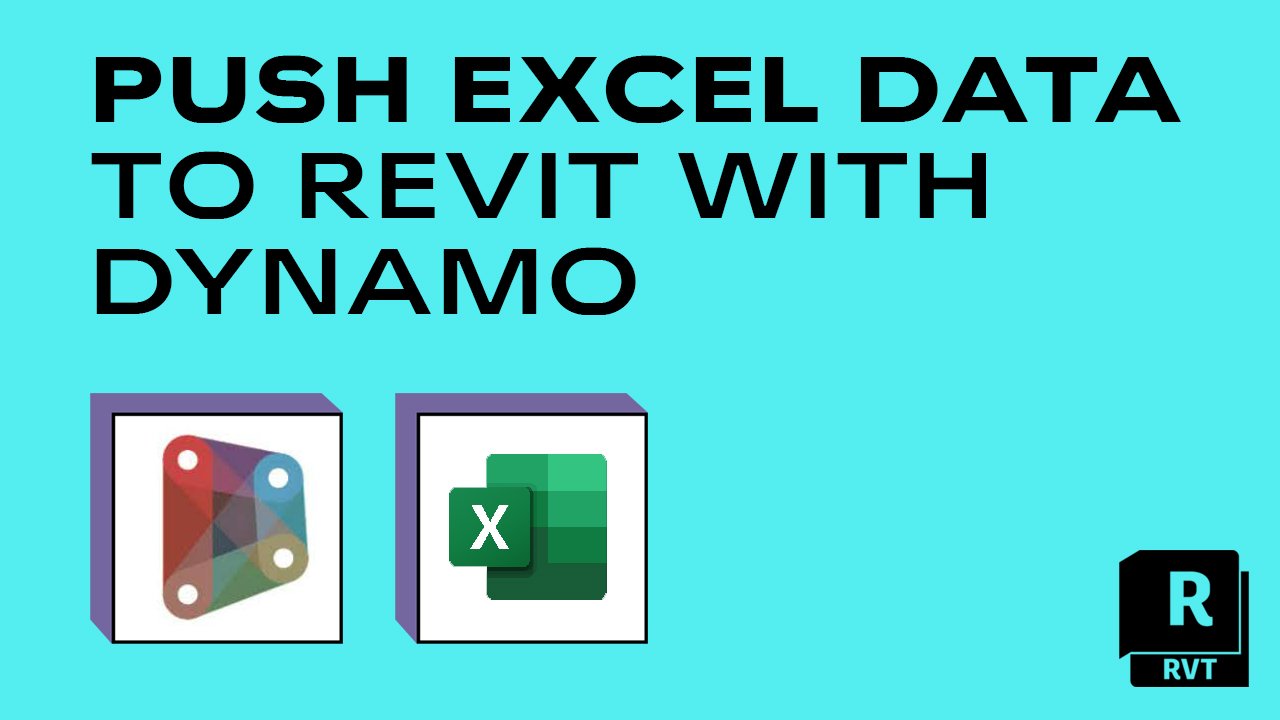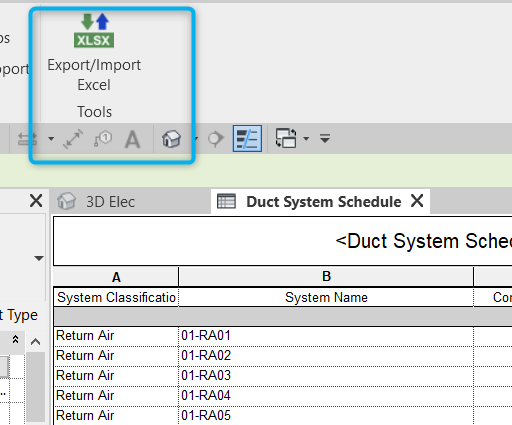Performance Satisfies Precision: Check Out Necessary Revit Tools
Wiki Article
Understanding the Art of Data Assimilation: Exactly How to Seamlessly Import Excel Data Into Revit
Are you having a hard time to import Excel files into Revit efficiently? Look no further! In this article, we will certainly lead you via the procedure of mastering the art of data integration. Discover the relevance of smooth assimilation in Revit and discover the Excel documents format for Revit integration. Obtain ready to prepare your Excel data easily and follow our detailed guide to import data into Revit. With our best practices, you'll accomplish information integration success in a snap. Allow's obtain started!Recognizing the Value of Data Integration in Revit
Understanding the significance of information combination in Revit is vital for seamless importing of Excel data. When you integrate information from Excel right into Revit, it enables you to efficiently upgrade and take care of details throughout the whole job. This assimilation ensures that your style and construction process is updated and exact.By integrating data, you can easily import and update criteria, timetables, and even geometry in Revit. This removes the need for hands-on data access, saving you time and minimizing the threat of mistakes. With Revit's data integration capacities, you can maintain consistency and accuracy in your job, while additionally enhancing cooperation amongst group participants.

Exploring the Excel Data Style for Revit Assimilation

In order to efficiently incorporate Excel data into Revit, it is important to make certain that the information is formatted correctly. This includes correctly labeling columns and rows, in addition to structuring the data in a way that is compatible with Revit's information schema. Revit makes use of certain specifications and groups to arrange data, so it is very important to straighten the Excel data with these criteria to make certain a seamless assimilation.
Additionally, it is essential to keep in mind that Revit only sustains certain data types when importing from Excel. These include text, numbers, and dates. Any type of various other data types, such as solutions or conditional format, will not be recognized by Revit and might cause problems throughout the assimilation procedure.
Preparing Your Excel Information for Seamless Import Into Revit
To make sure a smooth combination process, you'll require to correctly style and tag the columns and rows in your Excel data prior to importing it right into Revit. This step is important since it permits Revit to precisely analyze and organize your information. Begin by analyzing your Excel data and recognizing which rows and columns include relevant information for your Revit job. Make certain to label each column with a descriptive and clear header. This will certainly aid you and others easily understand the objective of each column and avoid complication throughout the import procedure.Following, ensure that the data in each column is correctly formatted. For instance, if you have a column for measurements, make certain that all measurements are regularly formatted in the very same systems of measurement. Revit relies upon consistent format to precisely translate and import data.
Additionally, it is necessary to look for any type of empty cells or inconsistencies in your information. Revit might not have the ability to review or import data from cells that are vacant or consist of mistakes. Consequently, it is advised to assess your Excel information and tidy up any kind of disparities before importing it into Revit.
Step-By-Step Guide to Importing Excel Info Into Revit
Once you've effectively formatted and labeled your Excel data, you can easily import it into Revit by following this step-by-step overview. To begin, open Revit and browse to the "Insert" tab. Click on "Import CAD" and select "Import Excel" from the dropdown food selection. A brand-new window will appear, asking you to situate the Excel file you wish to import. Browse your computer and choose the Excel file, after that click "Open."Following, a dialog box will show up, permitting you to customize the import settings. Here, you can pick the worksheet you wish to import, define the array of cells to import, and choose the appropriate devices for your data. As soon as you have actually made your choices, click "OK" to proceed.
Revit will currently present a sneak peek of your Excel data. Take a moment to review the preview and make sure that whatever looks appropriate. If needed, you can make changes to the import settings by clicking the "Setups" switch.
Best Practices for Data Assimilation Success in Revit
Make certain you comply with these finest techniques to make certain successful assimilation of data in Revit. It is vital to arrange your information in Excel prior to importing it into Revit. Be conscious of the devices and data types when mapping the data, as any type of disparities can lead to errors in the assimilation process.Another vital practice is to on a regular basis validate and upgrade your information. In addition, make use of information validation devices within Revit to determine any errors or variances in the integrated data.
Lastly, it is recommended to develop a clear process for data assimilation. This consists of defining roles revit add ins and duties, establishing up a communication network between employee, and establishing a routine cadence for information updates and evaluations. By following these best practices, you can guarantee a smooth and effective combination of information in Revit, ultimately improving the efficiency and precision of your project.
Final Thought
In final thought, mastering the art of data integration is important for seamless import of Excel submits into Revit. Understanding the significance of data combination in Revit is the primary step towards successful assimilation. Discovering the Excel data style for Revit assimilation aids in understanding the demands and constraints. Preparing the Excel information appropriately and adhering to a step-by-step overview is essential for a smooth import process. By adhering to finest methods, you can guarantee information assimilation success in Revit and make the most out of your job.When importing data from Excel right into Revit, it is vital to recognize the file format and how it can influence the combination procedure (revit plugins). Revit makes use of particular parameters and categories to arrange data, so it is essential to align the Excel information with these parameters to guarantee a seamless integration
Be conscious of the data and devices kinds when mapping the information, as any kind of inconsistencies can lead to mistakes in the combination process.
Furthermore, make usage of information validation tools within Revit to recognize any errors or inconsistencies in the incorporated data.

Report this wiki page